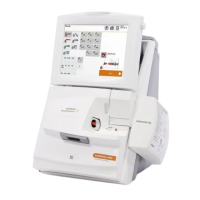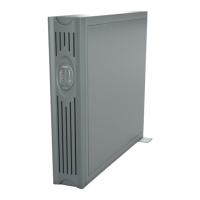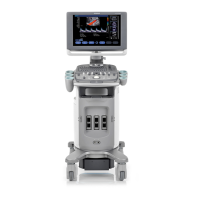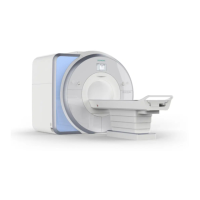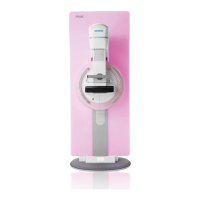Rapidlab 1200 Operator’s Guide: Troubleshooting 6-5
02087462 Rev. V
• Check the solution level in the affected sensor and remove bubbles.
The K
+
, Ca
++
, and Cl¯ sensors should be nearly full. The pH and Na
+
sensors
should be completely full without any bubbles.
• Check the sensor contacts and measurement block for salt buildup.
• Check behind the sensors for fluid leaks that can come from the reference
sensor.
• Check that the sensors are installed in the correct order and are aligned, the
O-rings are in place, and the spring-loaded latch is closed.
• If the pH or Na
+
sensor have a D2 or D3, condition the sensors.
• Check for cracks or leaks in the sample tubing, and replace the tubing if
necessary.
• Replace the affected sensor, if necessary.
Using the Calibration Report to Identify Problems
The full calibration report shows the measurement and drift values. Rapidlab 1200
systems use a 2-point calibration curve. The two points on the curve are the Cal
Point and Slope Point.
• The values in the Meas column represent the actual measured value of the
current calibration.
• The values in the Drift column represent the difference between the measured
value from the current calibration and the value assigned to the analyte during
the manufacture of the cartridge.
• If the system cannot report a value during a calibration, the result is blank on
the report and the D code and explanation prints at the bottom of the report
The following symbols can display with the results on the printed report.
Table 6-1 Symbols ↑ or ↓
This symbol... Indicates that...
↑ or ↓ the result is above or below the drift limit.

